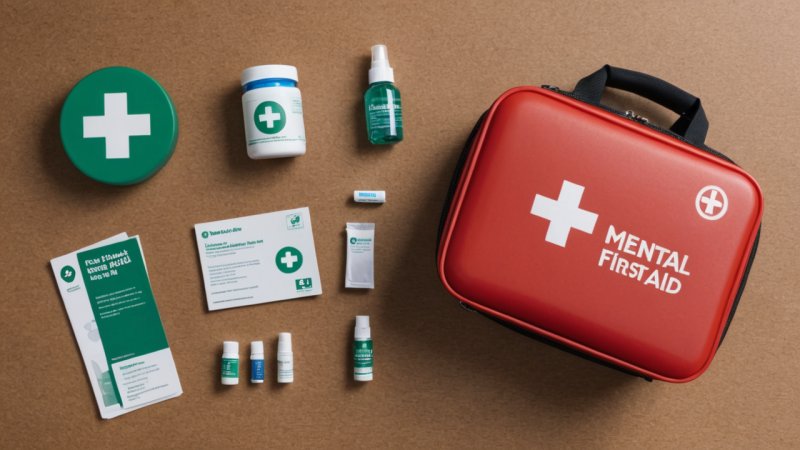In an increasingly complex world, the importance of mental health is gaining recognition alongside physical health. While traditional first aid focuses on physical injuries and emergencies, mental health first aid aims to equip individuals with the skills to support someone experiencing a mental health crisis. This article will explore the differences, pros, and cons of mental health first aid compared to traditional first aid, helping readers understand their unique roles in promoting overall wellbeing.
Understanding Traditional First Aid
Traditional first aid encompasses a set of techniques used to provide immediate assistance to someone suffering from a physical injury or medical emergency. This can include administering CPR, treating wounds, or managing shock. First aid training is widely available and often required in various professional settings.
Pros of Traditional First Aid
- Immediate Response: Traditional first aid can save lives by providing immediate care before professional medical help arrives.
- Structured Training: Courses are standardized, making it easier for individuals to learn and apply essential skills.
- Widespread Recognition: Many people are familiar with traditional first aid practices, increasing the likelihood of intervention during emergencies.
Cons of Traditional First Aid
- Physical Focus: Traditional first aid does not address mental health crises, which are equally important in emergencies.
- Limited Scope: While it prepares individuals for physical emergencies, it may not equip them with the tools to handle emotional or psychological distress.
Understanding Mental Health First Aid
Mental health first aid is a training program designed to teach individuals how to assist someone who may be experiencing a mental health issue or crisis. This can include recognizing warning signs, providing support, and guiding individuals towards professional help.
Pros of Mental Health First Aid
- Holistic Approach: Mental health first aid addresses both emotional and psychological crises, complementing physical first aid.
- Increased Awareness: Training promotes understanding of mental health issues, reducing stigma and encouraging open conversations.
- Empowerment: Individuals learn how to effectively support friends, family, or colleagues, fostering a supportive community.
Cons of Mental Health First Aid
- Less Familiarity: Mental health first aid is not as widely recognized or understood as traditional first aid, potentially leading to hesitance in applying the skills.
- Complex Situations: Mental health crises can be unpredictable and may require professional intervention, making it challenging for non-professionals to navigate.
Comparative Analysis
Training and Certification
Both traditional and mental health first aid require training, but the content and approach differ significantly. Traditional first aid courses often focus on practical skills and physical techniques, while mental health first aid emphasizes communication, empathy, and understanding mental health conditions.
Application in Real-Life Situations
In a physical emergency, the response is often straightforward—apply pressure to a wound or perform CPR. In contrast, mental health crises can manifest in various ways, making the response less clear-cut. For instance, someone experiencing panic attacks may benefit from breathing techniques and reassurance, while someone in a depressive episode may need encouragement to seek professional help.
Community Impact
The impact of both types of first aid extends beyond individual situations. Traditional first aid training can create a community of responders who can assist in emergencies, potentially saving lives. Mental health first aid can foster a culture of support, reducing stigma and encouraging individuals to seek help without fear of judgment.
Conclusion
Both mental health first aid and traditional first aid play crucial roles in promoting health and wellbeing in our communities. While traditional first aid is essential for addressing physical emergencies, mental health first aid is equally important for providing support in emotional and psychological crises. Ideally, individuals should seek training in both areas, equipping themselves to respond to a range of emergencies. By understanding the strengths and limitations of each type of first aid, we can cultivate a more compassionate and prepared society.






